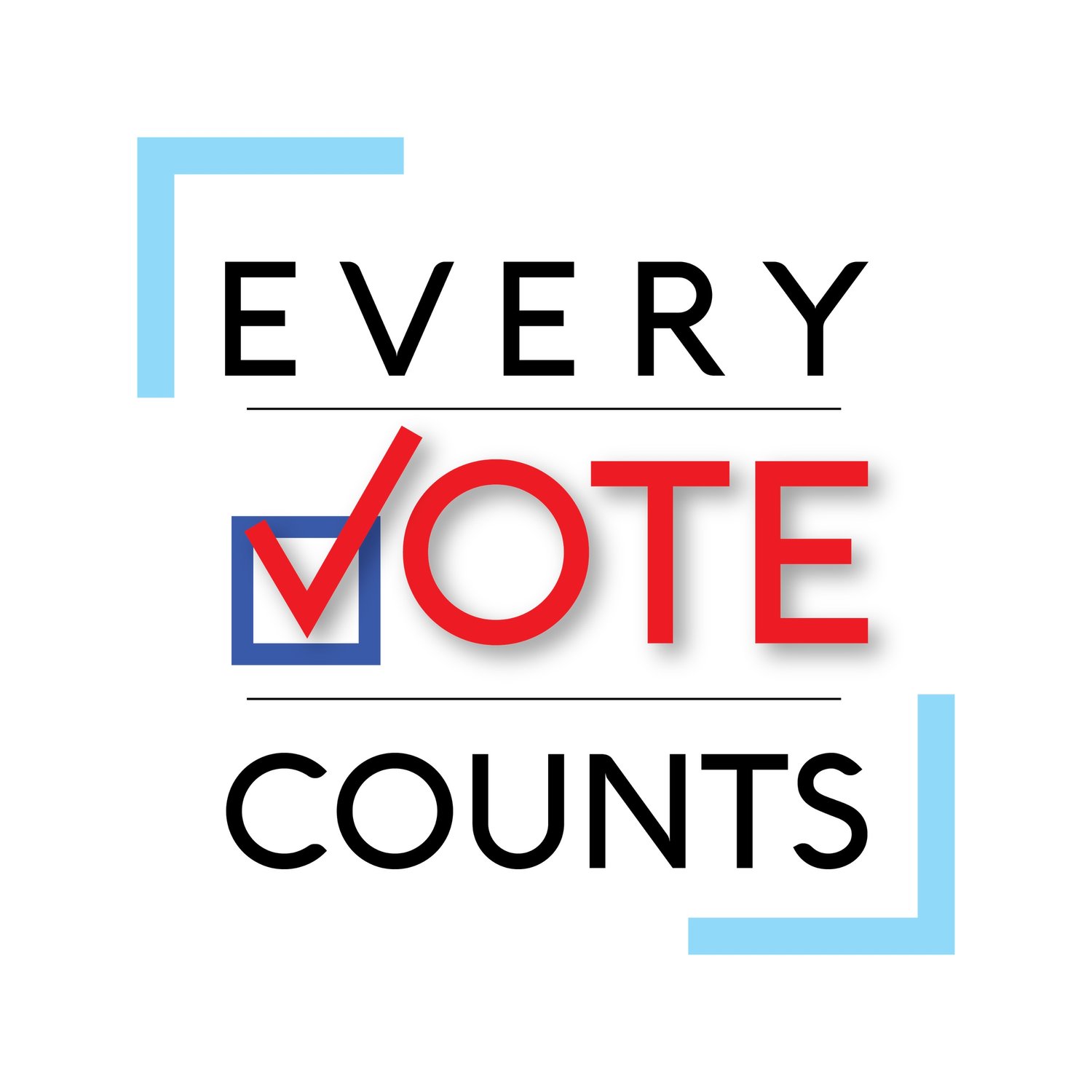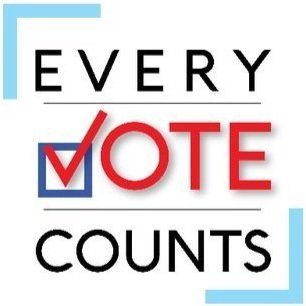Voting Systems In The U.S. And The 2020 Election
The history of voting shows us the necessity of updating voting systems, especially to protect minority communities and ensure speedy and reliable results. However, recent events demonstrate the importance of slowing down as well.
By Jensen Steady
Los Angeles’ 2020 primary election in March fell apart quickly. Long lines of over three hours were reported by the LA Times, polls were understaffed, and the system was criticized as confusing by many voters. Many polling places were forced to stay open for hours after closing time to accommodate voters that had joined the line before 8pm.
How did we get here? Voting systems have evolved dramatically over the past few centuries, yet are an often overlooked topic in electoral discussions. To understand the current problem we face with our voting systems, we need to look at the history of voting in the U.S.
Voting in America originated in the form of voice voting in the late 18th and early 19th centuries. The process was simple: registered white males were able to cast their ballots by swearing their identity on a Bible and vocally announcing who they would be voting for.
In the second half of the 19th century, paper ballots took over. Only by the late 1800s did the Australian secret ballot make its way to the U.S. The secret ballot was unique for its time because it was a private ballot that voters filled out unburdened by outside influence at the polling place, and the ballots were printed uniformly and distributed by the government rather than an outside organization.
The modern voting machine was first introduced in the late 1800s, weighed hundreds of pounds, and cost thousands of dollars. Developments in technology later led to the creation of punch cards, which often came with their own host of problems due to the physical nature of punching the paper.
Today, many polling places use electronic voting machines. These became popular after the 2000 election when confidence in punch card voting was shattered due to the close nature of the election. These polling stations have simplified the process and provide immediate results on the night of Election Day. However, their security has often been called into question with many arguing that they can be easily hacked, either by political parties or foreign enemies.
Although the security of the ballot is vitally important, a more direct problem with electronic voting machines is that they often fail to work. Glitches plague electronic machines, and aren’t helped by poll workers who are often technologically illiterate. In addition election officials in many jurisdictions place polling sites inefficiently which often disadvantages communities of color. Just as we consider foreign interference or fraud to be a serious problem, we should also view the lack of an opportunity to vote due to long lines and election malpractice as equally, if not more disturbing.
This brings us back to LA County, which had not updated its voting system in over 50 years. Last year, partially thanks to the Voter’s Choice Act, the LA County registrar-recorder and clerk initiated a new program that would update the antiquated system. The new machines use electronic touch screens where voters can make a selection, print a paper ballot, and upon verification from the voter, have it reinserted into the machine to be deposited into a collection box.
Additionally, the number of polling places were slashed considerably and replaced with around 1,000 so-called “vote centers.” Voters were no longer restricted to their specific polling place, could vote up to two weeks before the election in person at some locations, and had the ability to register same-day at the voting center.
While many of these changes seem good, the rollout of these new voting machines and the entirely new “vote center” system threw many residents off who expected to be able to vote at their traditional polling place. At the same time, many voting machines were often malfunctioning and held up the lines. In the end, turnout was almost half of its 2016 rate.
Another example can be found in Georgia’s 2020 primary where officials blamed each other after residents were left waiting in hours-long lines. Many Democratic officials claimed Republicans had purposefully tampered with the state’s new voting system rollout, while Republicans argued it was incompetence from the Democrats at the local level in Atlanta that was to blame. Either way, machines did not work and people could not vote.
The history of voting shows us the necessity of updating voting systems, especially to protect minority communities and ensure speedy and reliable results. However, recent events demonstrate the importance of slowing down as well.
To ensure effective and secure voting, there are two major factors that should be taken into consideration. First, systems need to be rigorously tested before they are adopted, especially during a crucial election year such as 2020. Second, these systems need to demonstrate their worth—such as making it easier to vote, lowering wait times, or any other reasonable metric, before they should be considered for implementation.
There is no reason to change voting systems, even to update an old system, if the change will only have a negative effect on people’s voting experience. In the cases of LA and Atlanta, changing systems only made things worse. If problems continue to occur in the 2020 primary season and in the general election, scrapping these new voting systems, at least until consistency and effectiveness can be proven in tests, may be our only solution.

